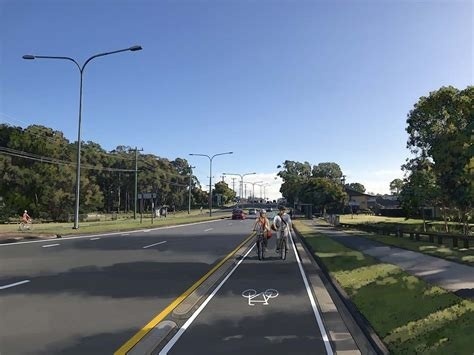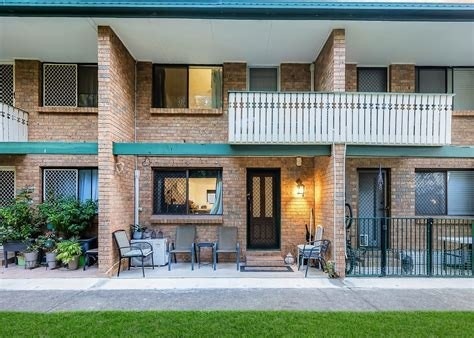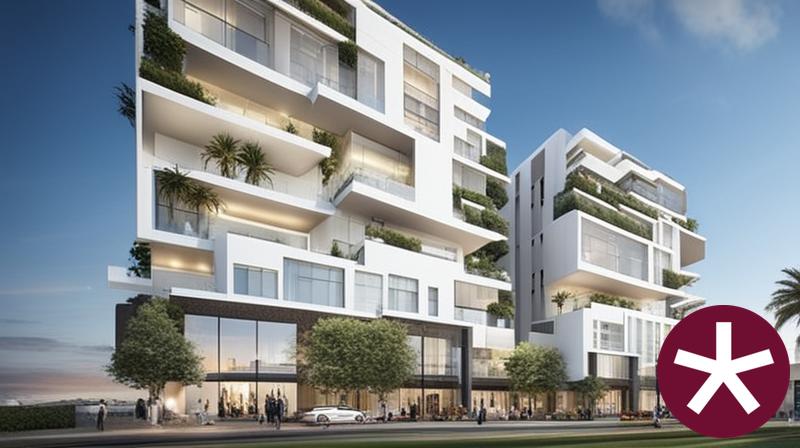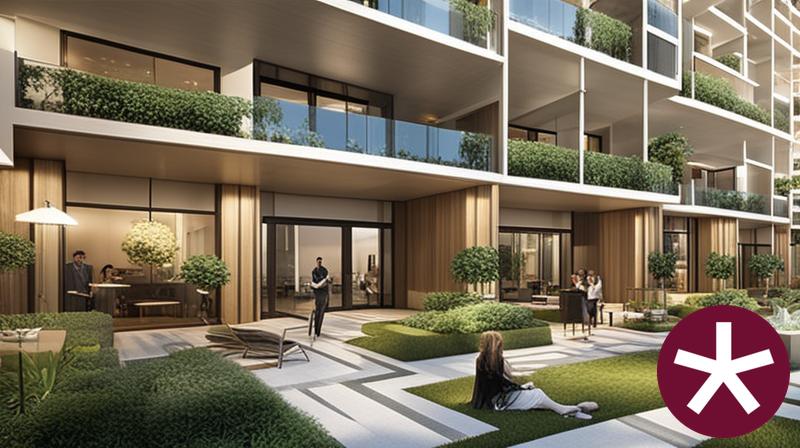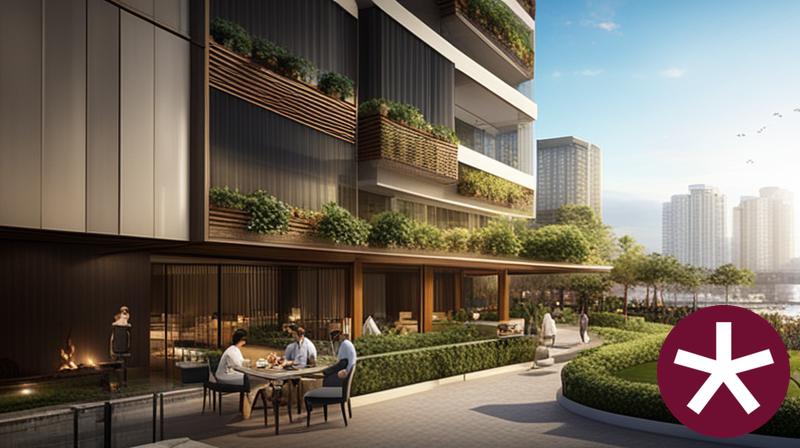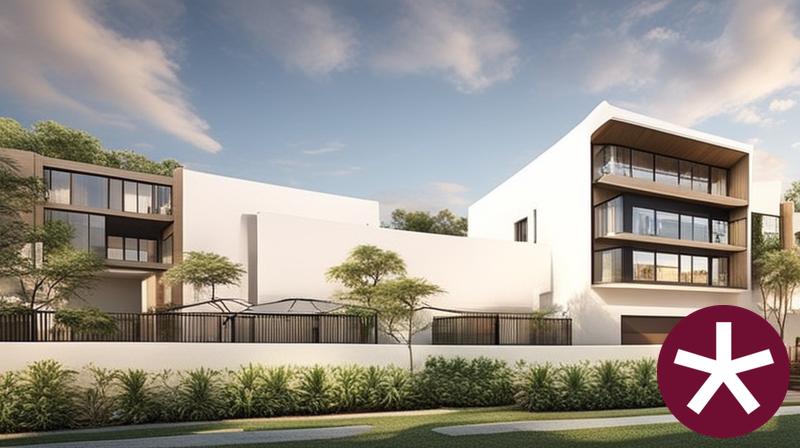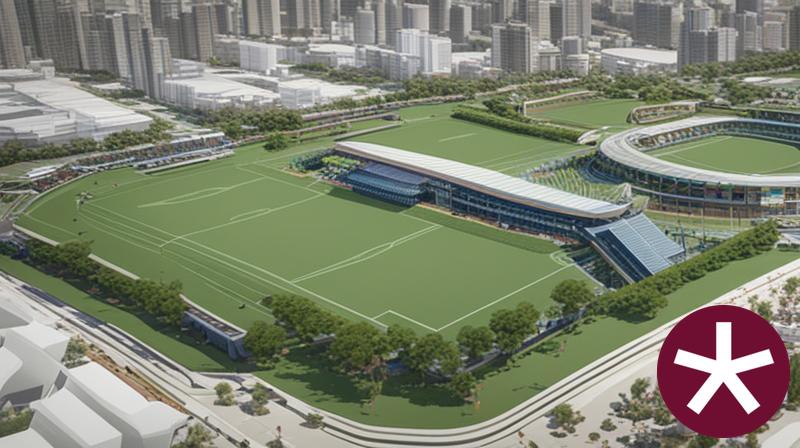Chart Color Schemes
est. as @ -- *
ABS ERP | -- people | --
2021 Census | -- people
Sales Activity
Curious about local property values? Filter the chart to assess the volume and appreciation (including resales) trends and regional comparisons, or scroll to the map below view this information at an individual property level.
Find a Recent Sale
Sales Detail
Population
Population growth drivers in Labrador are strong compared to national averages based on AreaSearch's ranking of recent, and medium to long-term trends
Labrador's population is around 19,847 as of Aug 2025. This reflects an increase of 1,204 people from the 2021 Census figure of 18,643. The change was inferred from ABS estimates of 19,529 in June 2024 and additional validated new addresses since the Census date. Labrador's population density is 3,969 persons per square kilometer, placing it in the top 10% nationally according to AreaSearch assessments. Labrador's growth rate of 6.5% since the census is within 2.1 percentage points of non-metro areas (8.6%), indicating competitive growth trends. Overseas migration primarily drove population gains in recent periods.
AreaSearch uses ABS/Geoscience Australia projections for SA2 areas released in 2024, based on 2022 data. For areas not covered by this data and years post-2032, Queensland State Government's SA2 area projections from 2023 are adopted, with proportional growth weightings applied to age cohorts based on ABS Greater Capital Region projections released in 2023 using 2022 data. Demographic trends forecast a significant population increase in the top quartile of Australia's non-metropolitan areas by 2041, with Labrador expected to grow by 7,262 persons, recording a gain of 35.0% over the 17 years.
Frequently Asked Questions - Population
Development
Residential development activity is slightly higher than average within Labrador when compared nationally
Labrador has averaged approximately 91 new dwelling approvals annually. The Australian Bureau of Statistics produces development approval data on a financial year basis, totalling 458 approvals over the past five financial years from FY20 to FY25, with six approved so far in FY26. On average, 0.8 new residents per year have been associated with each dwelling constructed during these five financial years. This suggests that new supply is meeting or exceeding demand, providing ample buyer choice and capacity for population growth beyond current forecasts.
The average construction cost value of new homes has been $478,000, aligning with broader regional development trends. Additionally, $3.4 million in commercial approvals have been registered this financial year, indicating Labrador's primarily residential nature. Compared to the rest of Queensland, Labrador has shown slightly more development activity, at 17.0% above the regional average per person over the past five years. This preserves reasonable buyer options while sustaining existing property demand.
However, building activity has slowed in recent years. The new building activity shows a composition of 19.0% detached houses and 81.0% medium to high-density housing, reflecting a skew towards compact living that offers affordable entry pathways for downsizers, investors, and first-time purchasers. Labrador's population density is approximately 399 people per approval, indicating a mature market. Future projections estimate that Labrador will add around 6,944 residents by 2041. If current construction levels persist, housing supply may lag behind population growth, potentially intensifying buyer competition and supporting price growth.
Frequently Asked Questions - Development
Infrastructure
Labrador has emerging levels of nearby infrastructure activity, ranking in the 31stth percentile nationally
Twenty projects identified by AreaSearch could significantly impact the area due to their influence on local infrastructure. These include the Labrador-Brisbane Road & Marine Parade Stormwater Upgrade, Labrador-Carrara Road project, Gold Coast Highway to Napper Road Cycleway, Freedom Vantage Labrador development, and Frank Street Social Housing initiative. The following list details those projects likely to have the most relevance.
Professional plan users can use the search below to filter and access additional projects.
INFRASTRUCTURE SEARCH
Frequently Asked Questions - Infrastructure
Commonwealth Games Village (Smith Collective)
Former 2018 Commonwealth Games athletes village converted to Australia's first build-to-rent community with 1,252 apartments and townhouses, plus retail and community facilities.
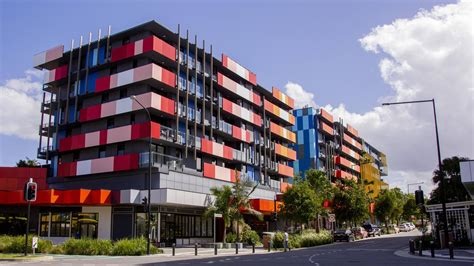
Gold Coast Health and Knowledge Precinct - Lumina Development
Major health and education precinct expansion including research facilities, student accommodation, and commercial spaces adjacent to Gold Coast University Hospital.
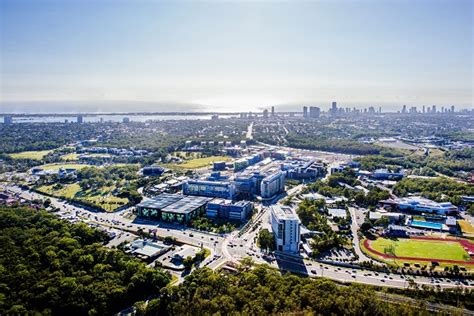
Gold Coast University Hospital Sub-Acute Expansion
The Gold Coast University Hospital Sub-Acute Expansion is a major infrastructure project adding a new Sub-Acute Building with 70 additional beds for sub-acute care, including Geriatric Evaluation and Management, Memory Support, and complex care services to improve patient flow and capacity.
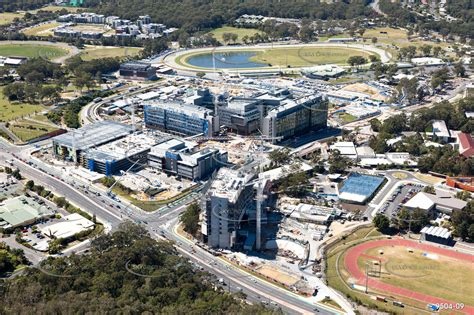
Benowa Gardens Shopping Centre Redevelopment
Mixed-use redevelopment of Benowa Gardens Shopping Centre featuring three towers (up to 13 storeys) delivering approximately 397 residential and short-stay units over a retail and commercial podium with medical suites and structured parking. Designed by Neylan Architecture, the proposal retains a neighbourhood retail focus while adding new housing and services to help address local demand.
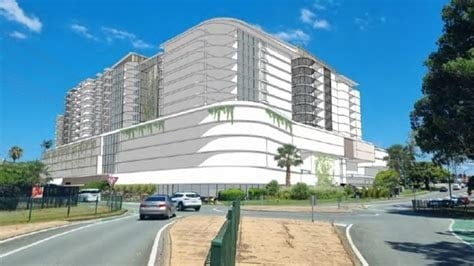
Labrador - Brisbane Road & Marine Parade Stormwater Upgrade
Stormwater drainage improvements involving the construction of a new stormwater system to replace the under-capacity network and mitigate flooding in the area. The upgrades are underway along Brisbane Road and Marine Parade Labrador to address property and road flooding issues.
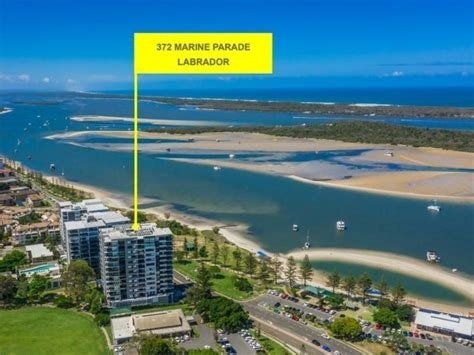
Freedom Vantage Labrador
Luxury beachfront development featuring 3 exclusive freehold homes with private pools, located steps from the Broadwater. Each home offers 3-4 bedrooms with premium finishes and water views.
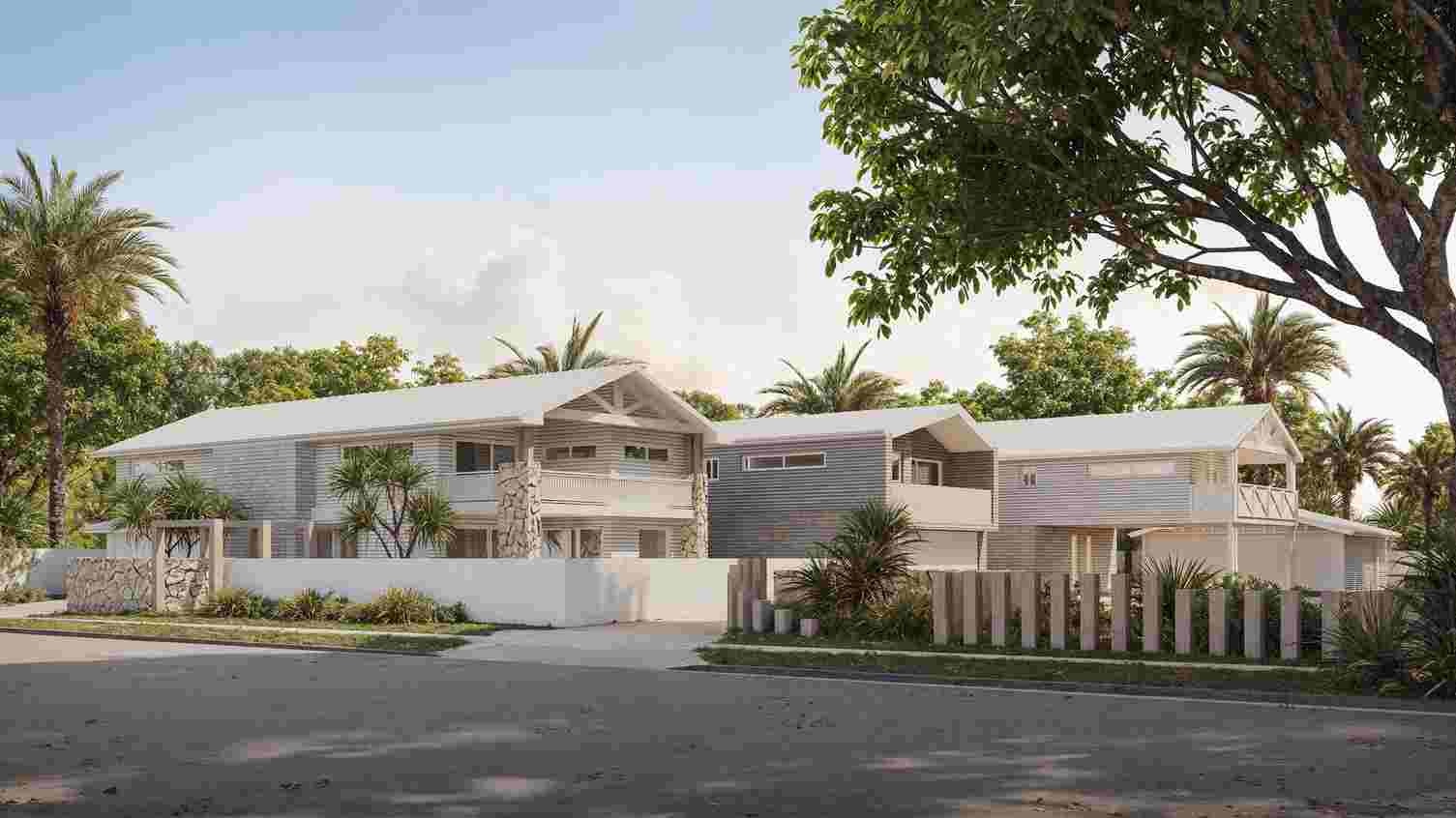
Griffith University Gold Coast Campus Expansion
New academic buildings, student accommodation, research facilities and sports complex at Griffith University Gold Coast campus.
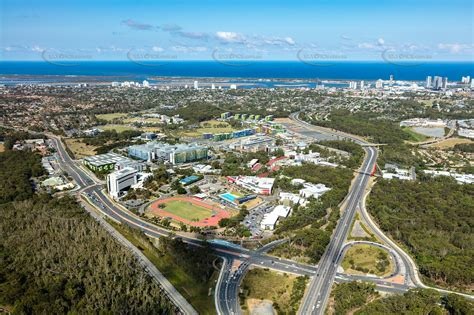
Perspective Helm Chevron Island
Boutique residential development on Chevron Island featuring modern apartments with water access and marina berths. Premium finishes and resort-style amenities.
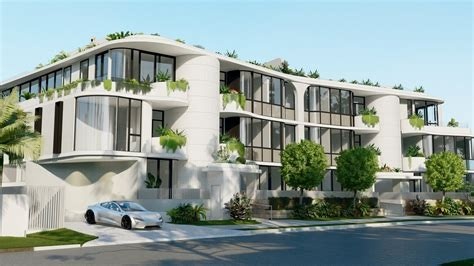
Employment
Labrador shows employment indicators that trail behind approximately 70% of regions assessed across Australia
Labrador has a skilled workforce with significant representation in essential services sectors. The unemployment rate was 6.5% as of the past year, with an estimated employment growth of 2.5%.
As of June 2025, 9899 residents were employed while the unemployment rate stood at 2.6%, above Rest of Qld's rate of 3.9%. Workforce participation was somewhat below standard at 54.9% compared to Rest of Qld's 59.1%. Key industries of employment among residents were health care & social assistance, accommodation & food, and retail trade. The area showed strong specialization in accommodation & food with an employment share of 1.3 times the regional level.
Agriculture, forestry & fishing had limited presence with 0.4% employment compared to 4.5% regionally. Over the 12 months to June 2025, employment increased by 2.5% while labour force increased by 2.0%, causing the unemployment rate to fall by 0.4 percentage points. This contrasted with Rest of Qld where employment grew by 1.8%, labour force expanded by 2.0%, and unemployment rose by 0.2 percentage points. State-level data to Sep-25 showed QLD employment contracted by 0.23% (losing 8070 jobs), with the state unemployment rate at 4.2%. This compared favourably to the national unemployment rate of 4.5%, but lagged the national employment growth of 0.26%. Jobs and Skills Australia's national employment forecasts from May 2025 estimated national employment would expand by 6.6% over five years and 13.7% over ten years. Applying these projections to Labrador's employment mix suggested local growth of approximately 6.6%% over five years and 13.8% over ten years, though this was a simple weighting extrapolation for illustrative purposes and did not account for localised population projections.
Frequently Asked Questions - Employment
Income
The area's income levels rank in the lower 15% nationally based on AreaSearch comparative data
AreaSearch's latest postcode level ATO data for financial year ended June 2022 shows that median income in Labrador was $45,000 with an average of $56,842. For Rest of Qld, the figures were a median of $50,780 and an average of $64,844. Based on Wage Price Index growth of 11.71% from financial year ended June 2022 to March 2025, estimated incomes would be approximately $50,270 (median) and $63,498 (average). Census data indicates that household, family and personal incomes in Labrador fall between the 12th and 20th percentiles nationally. Income brackets show that 28.6% of Labrador's population earn within the $800 - $1,499 range, compared to metropolitan region trends where 31.7% earn within the $1,500 - $2,999 range. Housing affordability pressures are severe in Labrador, with only 76.7% of income remaining, ranking at the 8th percentile nationally.
Frequently Asked Questions - Income
Housing
Labrador displays a diverse mix of dwelling types, with a higher proportion of rental properties than the broader region
In Labrador, as per the latest Census, 19.1% of dwellings were houses while 80.9% consisted of other types such as semi-detached homes, apartments, and 'other' dwellings. In contrast, Non-Metro Qld had 41.7% houses and 58.3% other dwellings. Home ownership in Labrador stood at 25.0%, with mortgaged dwellings at 27.1% and rented ones at 47.9%. The median monthly mortgage repayment was $1,517, lower than Non-Metro Qld's average of $1,733. The median weekly rent in Labrador was $380, compared to Non-Metro Qld's $410. Nationally, Labrador's mortgage repayments were significantly lower at $1,517 versus the Australian average of $1,863, while rents exceeded the national figure of $375 at $380.
Frequently Asked Questions - Housing
Household Composition
Labrador features high concentrations of lone person households and group households, with a lower-than-average median household size
Family households account for 55.5% of all households, including 15.6% couples with children, 24.8% couples without children, and 13.6% single parent families. Non-family households constitute the remaining 44.5%, with lone person households at 38.1% and group households comprising 6.3%. The median household size is 2.0 people, which is smaller than the Rest of Qld average of 2.2.
Frequently Asked Questions - Households
Local Schools & Education
Educational attainment in Labrador aligns closely with national averages, showing typical qualification patterns and performance metrics
Educational qualifications in Labrador trail regional benchmarks show that 22.5% of residents aged 15+ hold university degrees, compared to 30.4% in Australia. This indicates potential for educational development and skills enhancement. Bachelor degrees are the most common at 15.5%, followed by postgraduate qualifications (5.1%) and graduate diplomas (1.9%). Trade and technical skills are prominent, with 40.0% of residents aged 15+ holding vocational credentials – advanced diplomas (12.6%) and certificates (27.4%).
Educational participation is high, with 26.2% of residents currently enrolled in formal education. This includes 7.1% in primary education, 6.1% in tertiary education, and 6.0% pursuing secondary education. Labrador State School provides local educational services within Labrador, with an enrollment of 692 students as of the latest data available. The school demonstrates typical Australian school conditions (ICSEA: 1004) with balanced educational opportunities. It focuses exclusively on primary education, with secondary options available in surrounding areas. Local school capacity is limited at 3.5 places per 100 residents compared to the regional average of 8.8, meaning many families travel to nearby areas for schooling.
Frequently Asked Questions - Education
Schools Detail
Nearby Services & Amenities
Transport
Transport servicing is moderate compared to other areas nationally based on assessment of service frequency, route connectivity and accessibility
Labrador has 72 active public transport stops, all of which are bus stops. These stops are served by six distinct routes that together facilitate 1,437 weekly passenger trips. The accessibility of transport in Labrador is rated as excellent, with residents located an average of 144 meters from the nearest stop.
On average, there are 205 trips per day across all routes, which equates to approximately 19 weekly trips per individual stop.
Frequently Asked Questions - Transport
Transport Stops Detail
Health
Health performance in Labrador is well below average with prevalence of common health conditions notable across both younger and older age cohorts
Labrador faces significant health challenges, with common health conditions prevalent across both younger and older age groups. Private health cover stands at approximately 48%, covering about 9,586 people, which is lower than the Rest of Qld's 53.9% and the national average of 55.3%. Mental health issues affect 10.2% of residents, while arthritis impacts 9.9%.
About 63.2% of residents report being free from medical ailments, compared to 64.5% in Rest of Qld. The area has 22.7% of residents aged 65 and over (4,509 people), lower than the 25.8% in Rest of Qld. Health outcomes among seniors present similar challenges to those seen in the general population.
Frequently Asked Questions - Health
Cultural Diversity
Labrador was found to be more culturally diverse than the vast majority of local markets in Australia, upon assessment of a range of language and cultural background related metrics
Labrador had a higher level of cultural diversity than most local markets, with 19.1% of its population speaking a language other than English at home and 36.2% born overseas. Christianity was the dominant religion in Labrador, comprising 46.0% of the population. Notably, Judaism was overrepresented compared to the rest of Queensland, making up 0.3% of Labrador's population versus 0.2%.
Regarding ancestry, the top three groups were English (28.9%), Australian (20.4%), and Other (11.8%). Some ethnic groups showed significant differences in representation: New Zealanders comprised 1.5% of Labrador's population compared to 1.4% regionally, Maori made up 1.9% versus 1.5%, and Serbians accounted for 0.6% versus 0.4%.
Frequently Asked Questions - Diversity
Age
Labrador hosts an older demographic, ranking in the top quartile nationwide
Labrador's median age is 44 years, which is marginally higher than Rest of Qld's average of 41 and considerably older than Australia's median age of 38. The age profile shows that the 25-34 year-old group is particularly prominent at 16.4%, while the 5-14 year-old group is comparatively smaller at 6.5% compared to Rest of Qld. Between 2021 and present, the 25-34 age group has grown from 14.3% to 16.4%, while the 15-24 cohort increased from 10.2% to 11.3%. Conversely, the 5-14 year-old group declined from 8.3% to 6.5%, and the 45-54 age group decreased from 13.4% to 12.3%. Population forecasts for Labrador in 2041 indicate substantial demographic changes. The 25-34 cohort is projected to grow by 58%, adding 1,893 residents to reach a total of 5,156. Meanwhile, the 15-24 age group grows by a modest 7%, with an increase of 157 people.
